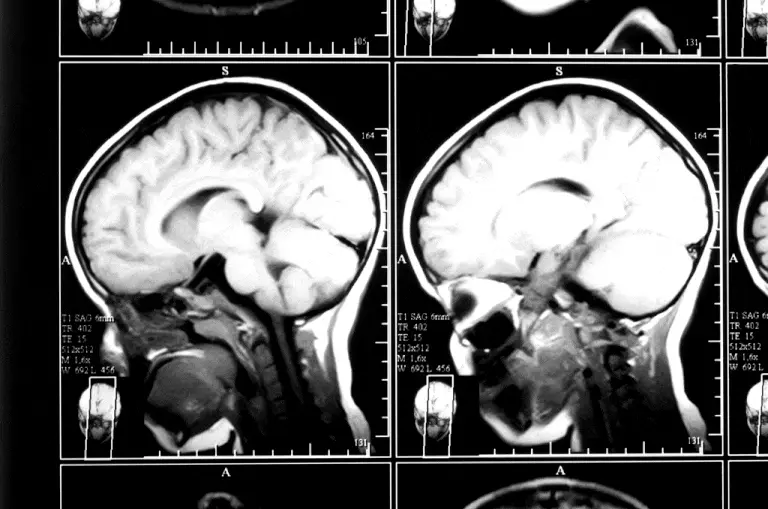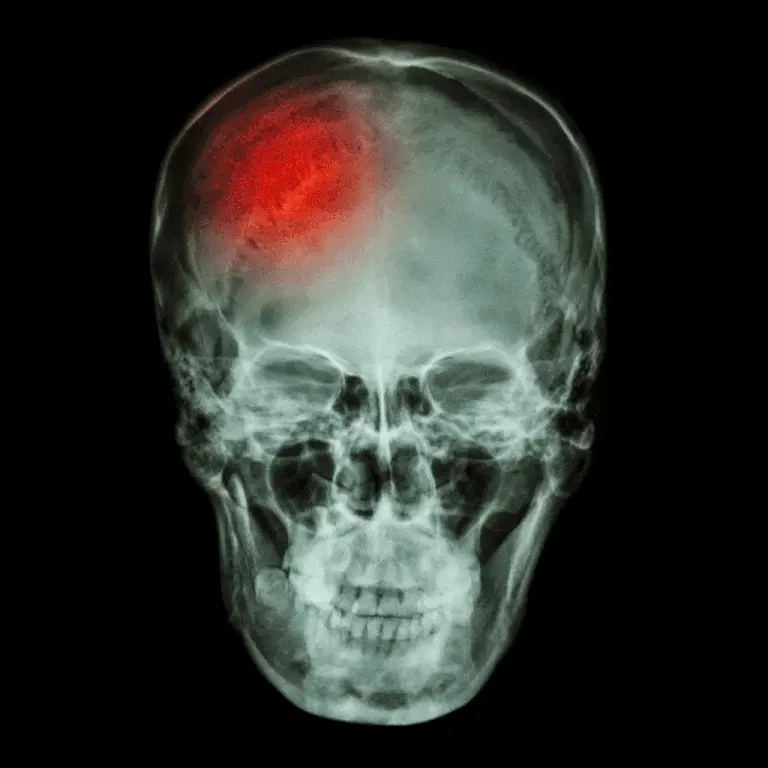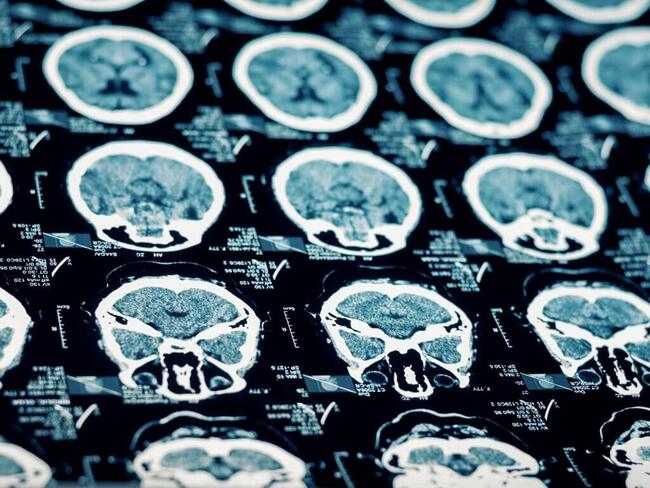
The leading causes of brain injuries are falls, motor vehicle crashes, being struck by or against objects and assault. While most of these injuries are mild, resulting in a short-term disruption or a mild concussion, many are severe, resulting in prolonged unconsciousness or amnesia and occasionally leading to permanent disability or death. Traumatic brain injury has been estimated to cause direct and indirect costs of $60 billion on top of the emotional burden faced by family and friends of the victim.
Concussions are one of the most commonly reported injuries in children and adolescents who participate in sports and recreational activities. The Centers for Disease Control and Prevention estimate that as many as three million nine hundred thousand sports-related and recreation-related concussions occur in the United States each year. A concussion is caused by a blow or motion to the head or body that causes the brain to move rapidly inside the skull. If a concussion or head injury is not properly recognized, evaluated, and managed, the risk for long-term, chronic cognitive, physical, and emotional symptoms associated with the development of post-concussion syndrome and chronic traumatic encephalopathy, as well as the risk for catastrophic injuries or even death, is significant.
Starting in 2009, the state of Washington passed the first concussion in sports law, called the Zackery Lystedt Law. One month later, a similar law passed in Oregon. By 2013, all 50 states, and the District of Columbia, had passed laws on concussions in sports for youth and/or high school athletes (often called Return to Play laws). Louisiana’s Return to Play law is known as the Louisiana Youth Concussion Act. The Act specifically recognizes that continuing to play with a concussion or symptoms of head injury leaves the young athlete especially vulnerable to greater injury or even death.
Most concussion in sports laws include three primary steps:
1. Educate Coaches, Parents, and Athletes: This step requires that coaches, parents and athletes be informed about brain injuries which also include educating about concussions through training and/or a concussion information sheet.
2. Remove Athlete from Play: Any athlete that is believed to have suffered from a concussion must be removed from play right away.
3. Obtain Permission to Return to Play: An athlete may only return to play or practice after at least 24 hours and with permission from a health care professional.
If you or a loved one has suffered a traumatic brain injury, learn about your legal rights from an experienced Louisiana personal injury attorney by filling out our free, no obligation case review form located on this website.
Free Case Evaluation
More About HKGC
Other Brain Injury News
Experienced Infant and Child Brain Injury Lawyer Serving New Orleans […]
New Orleans Attorney for Victims of Hypoxic-Anoxic Brain Injuries The […]





